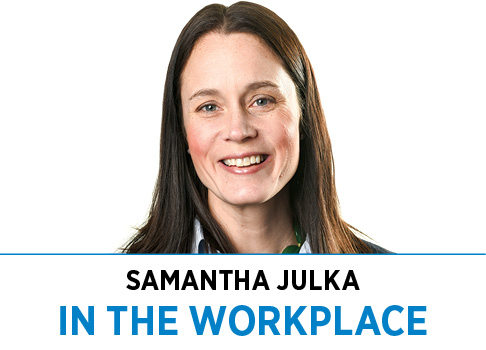Subscriber Benefit
As a subscriber you can listen to articles at work, in the car, or while you work out. Subscribe Now “Strip everything out of this report that has anything to do with people and just tell us about our space.”
“Strip everything out of this report that has anything to do with people and just tell us about our space.”
“We hired you to review our hybrid program, not to tell us about challenges with our office space.”
Those are direct quotes from leaders on recent workplace-research projects. They highlight both how interconnected facets of the workplace are and how surprising emergent findings can be for organizational leaders.
Generally speaking, we work with organizations whose leaders have a growth mindset and understand how to take the challenges found through our research and see them as opportunities. We do occasionally come across a leader who is a bit uncomfortable with wicked problems, and we always empathize with them as we know how frustrating those can be.
Speaking of wicked problems, I was on a virtual call with several people a few years ago, including a few of my own colleagues at DORIS. I kept referring to the project we were about to embark on together as a “wicked problem.” Eventually, through a lot of private chatting, one of my colleagues told me, “Sam, they are asking if you are from Boston and why you keep using the word wicked.” I quickly realized I was using tribal language and needed to explain myself. Shame on me!
The concept of a wicked problem is prevalent in our work as design researchers. A wicked problem is multifaceted, has many interdependent factors, and has no clear overall definition. I always think of a wicked problem as a huge ball of string tied in many knots. As you pull on one single string in the knot, all the other strings are affected. It’s extremely difficult to untangle the knot without causing more tangles.
As leaders think about the challenges they face with real estate, they simply cannot compartmentalize it as separate from their workforce. In fact, they cannot separate it from other factors like technology, HR policies and company culture. The problem is almost never as simple as, “We hired more people, so we need more desks.” It is so much more nuanced.
Eventually, you might need more desks, but first, you should figure out how hiring more people will affect the organization’s overall system. How do these people fit within the organization and the current employees? How will their presence impact everything we just listed?
When trying to improve how to research real estate, we realized viewing the problem through a lens of three key factors—space, resources and people—is crucial. Each of these lenses overlaps to look at function, behavior and experiences. At the very center of these overlapping lenses, we find culture. Thus, as leaders begin reviewing their real estate strategy, it’s important to remember that space is only one facet of a wicked problem and should be carefully considered with other facets.
We know being an organizational leader is an incredibly tough job, and it doesn’t feel good to devote 90 minutes of your day to a meeting in which a research team details a litany of challenges you face. From an empathetic stance, we recognize the discomfort we ask leaders to endure. We also know that if leaders can be brave enough to accept that what they are tackling is wicked, they will become heroes when implementing meaningful change for their stakeholders. There, don’t you feel wicked smaht now?•
__________
Julka is founder of Indianapolis-based DORIS Research, which uses design thinking to organize workspaces.
Please enable JavaScript to view this content.
